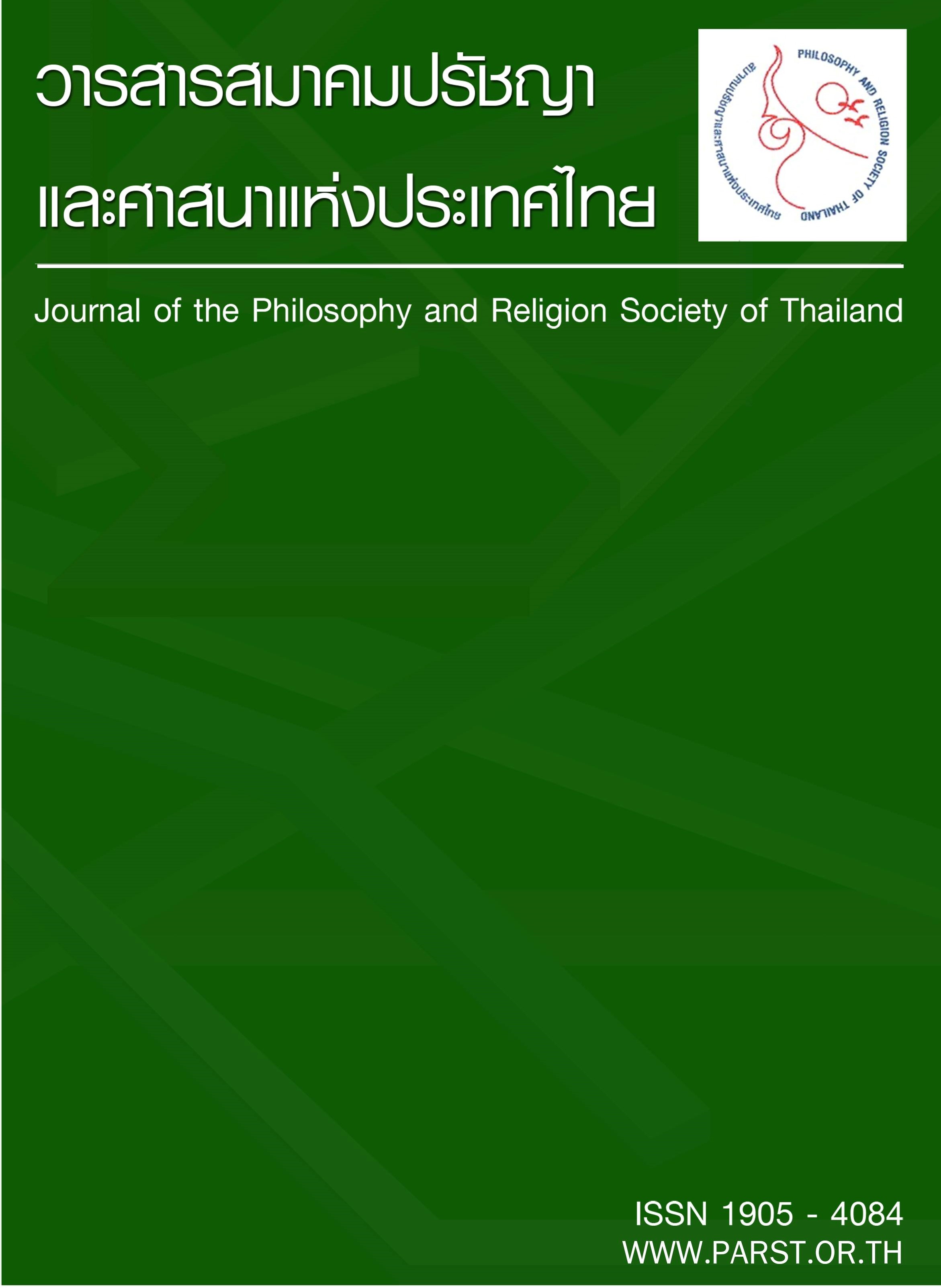Poetics of Focalization in Mūlamadhyamakakārikā in Chinese Version
Main Article Content
Abstract
This article aims to analyze Mūlamadhyamakakārikā through literary approach. From literary point of view, Nāgārajuna transforms sensorial perceptions into characters via “narrative voices” in two aspects: (1) a narrative voice as a character in story, or “intratextual voice,” such as: the first person narrative point of view, “I” as male protagonist in story-telling (2) sensorial perception as “hidden narrator” who can be Nāgārajuna’s voice or a representation of collective solipsism in form of “imaginary unconscious”. This collective solipsism modified by citta or vijñāna via sensory organs: eye, ear, nose, tongue, body, and mind, are represented aloofly as the third person which constructs a “closure” and “distance” between “narrator” and “narratee”. The closure and distance in focalization helpfully creates the 3-level-dialectical effects: (1) the intimacy between reader and narratee, such as: cakṣurvijñāna, śrotravijñāna, ghrāṇavijñāna, jihvāvijñāna, kāyavijñāna, and manovijñāna. (2) the disinterestedness by unengaging reader from the narratee or what is narrated (3) when reader touches both the intimacy and disinterestedness, he or she will discover that sensorial representation via narrative voice is non-existent as mental fabrication or xinshengmie 心生滅, and be aware that “narrative voice” in one aspect is a source of “self-nature” or zixing 自性, propelled by “particularization-consciousness” or fenbieshi 分別識 . Because Nāgārajuna knows well the seed of māra 魔羅 by means of “narrative voice,” he “tames” and “turns” it into what is narrated or a narratee in order to reach the “poetics of śūnyatā bhāva”.
Article Details
Articles published in the journal are licensed under the CC Attribution-NonCommercial 4.0 format. Articles can be freely reused or republished provided that they are reused or republished or republished for non-commercial purposes, and that proper credit must be given to the author and the journal.


